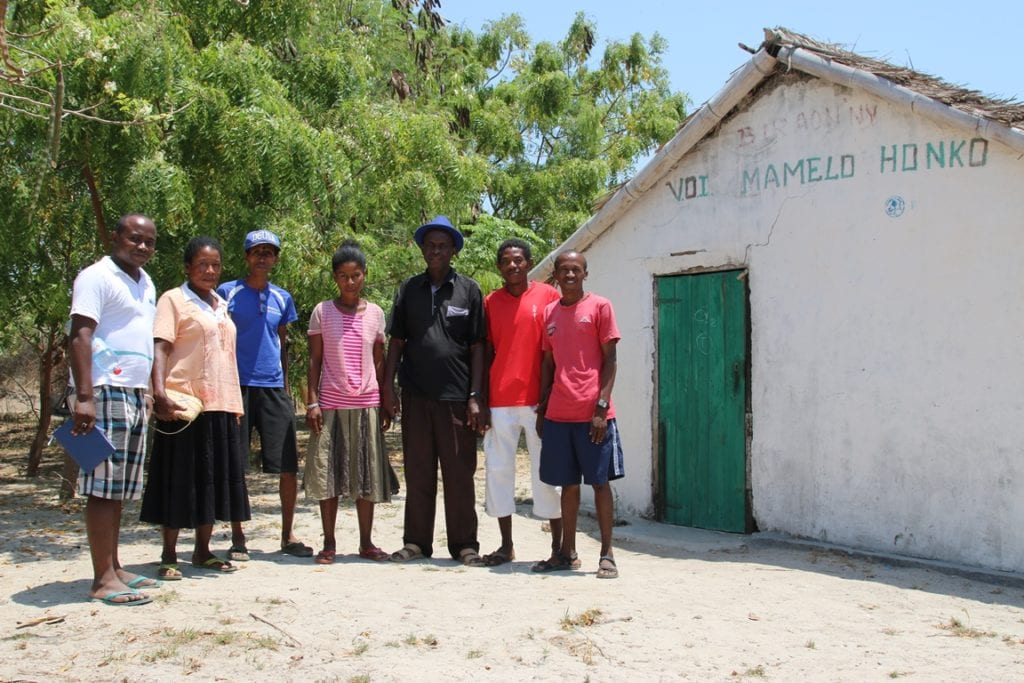Locally Managed Marine Areas (LMMAs) are areas of ocean managed by coastal communities to help protect fisheries and safeguard marine biodiversity.
By establishing dynamic and locally appropriate fisheries management strategies and governance systems, LMMAs enable coastal communities to take control of the management of their local marine resources.
The MIHARI Network was established in 2012 to exchange learning and experiences across the rapidly growing LMMA movement in Madagascar, and now represents over 150 sites, collectively covering over 14% of the island’s inshore seabed.
The first initiative to use the term LMMA was Velondriake in southwest Madagascar, and it was this LMMA that catalysed a locally-led marine conservation revolution across Madagascar’s coastline.
Let us introduce you to three of the other LMMAs in southwest Madagascar where the coastal communities have taken great strides towards sustainable management of their marine resources.
Mamelo Honko
Mamelo honko literally means “protecting the mangrove” in the Vezo dialect, and this LMMA is primarily focused on mangrove conservation. It was founded in 2010 and the association obtained the management transfer in later that same year.
The Mamelo Honko LMMA has over 800 members from five villages around the Belalanda commune, and is supported by the UK-based NGO is Reef Doctor.
As well as protection of areas of mangrove forest, the association is replanting mangroves in deforested areas called “mangrove nurseries,” and is encouraging local schools and villages to engage in these reforestation activities with them.
This LMMA also supports sustainable alternative livelihood activities such as the “mangrove circuit,” where guides can show visitors different species of plants and animals that live within the mangroves and increase awareness of the importance of these ecosystems.
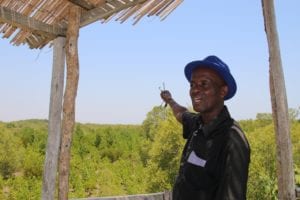
Reeds are also collected for use as building materials and for basketry, a successful business venture pioneered by women from the local villages. The association facilitates this business by letting them sell their baskets and bags at the association’s spot in the office of the Belalanda commune.
“As we know, humans are themselves part of the environment” says Philemon Eugène, president of the association, “The Mamelo Honko association has set up these income-generating activities within the LMMA so that our communities can make a living and protect our shared environment at the same time.”
“Another one of those activities is beekeeping” adds Sala, the vice president of the association, “We are able to produce honey thanks to the mangroves, and everyone loves the honey, especially tourists! We sometimes run out of it, it’s so popular.”
TAMIA
About 30 km from Toliara, on the border of a limestone cliff and at the mouth of the river Onilahy, is the village of Anantsono, also known as Saint-Augustin. As soon as you enter the village, the first thing you notice is the big sign of the TAMIA LMMA, a symbol of the impact that the managing association is having on the development of this community.
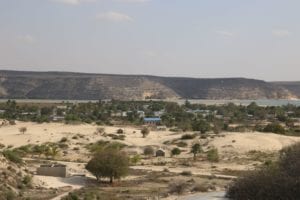
TAMIA stands for Tahosoa Anandriake Mitambatse Ianantsono Andatabo which translated means “People of Ianantsono and Andatabo come together for a better future.” Created in 2008, and supported by GIZ, the LMMA association includes nine villages around the commune of Betsinjake. The main activity of this association is to manage the coastal zones within the New Protected Area of Tsinjoriake.
“We are the guardians of the beautiful landscapes around Saint Augustin and it is a huge responsibility for us” comments Augustin Razafianaka, President of the TAMIA LMMA.
In addition to the management of coastal areas, the TAMIA association is also improving the livelihood opportunities of their communities by organising training workshops on tour guiding and cooking. The attendees of these workshops acquire new skills which help them generate new and sustainable incomes.
“Being a member of MIHARI allows us to get a lot of exchange and learning opportunities” continues Augustin. “Three of our members were able to attend the National Forum in Fort Dauphin where they had the opportunity to meet with NGOs and other LMMAs. As the President, one of the things that I am most interested in is good governance, and being part of MIHARI allows me to learn more about good governance from other LMMAs in Madagascar.”
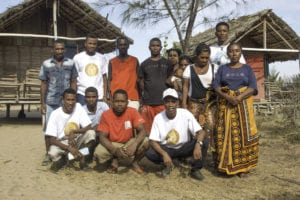
FIMIMANO
FIMIMANO stands for Fikambanana Miaro sy Mampandroso an’I Nosy-Ve which translated is “the association working to protect and develop Nosy Ve.” Supported by the NGO SAGE, it is one of the oldest LMMAs in Madagascar, having existed since October 1998!
The association headquarters is located in the village of Anakao, one of the busiest tourist areas south of Toliara, and the association itself has more than 60 members.
All the activities are focused on the protection of the island Nosy Ve, including a communal cleaning of the beach where everyone is encouraged to participate.
Hermany Emoantra, was the president of the FIMIMANO association for ten years before being elected as president of the whole MIHARI Network earlier this year.
“In FIMIMANO we are trying to engage everyone in our beach cleaning activities; the local authorities, the president of Fokontany village, and the people working at the town hall” explains Hermany. “We are trying our best to make do without external funding for this kind of activity.”
The FIMIMANO LMMA are also fighting hard against the use of destructive fishing gears and the damage to coral reefs that they cause.
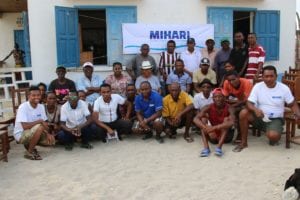
“It will be tricky to abolish destructive fishing practices with training and education alone, but hopefully we will witness fewer fishers in our community using these techniques” continues Hermany. “The MIHARI Network gives LMMAs across the country the opportunity to exchange learning with each other on how best to manage our marine resources.”
Thanks to the engagement and teamwork of its LMMAs, Madagascar’s marine resources are being managed by the communities that rely on them the most. This community-led sustainable development is, we believe, how we can eradicate poverty in our coastal communities.

